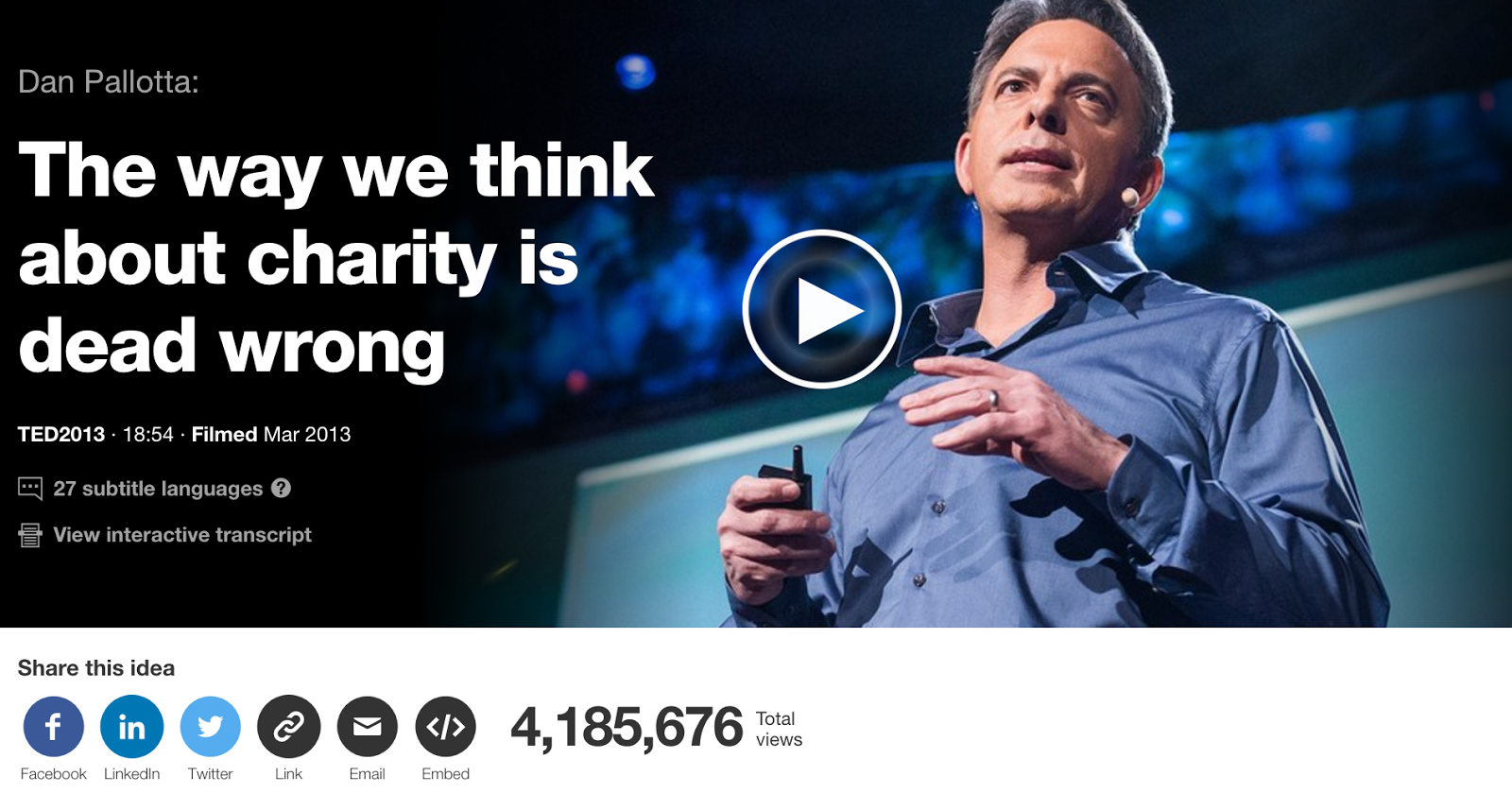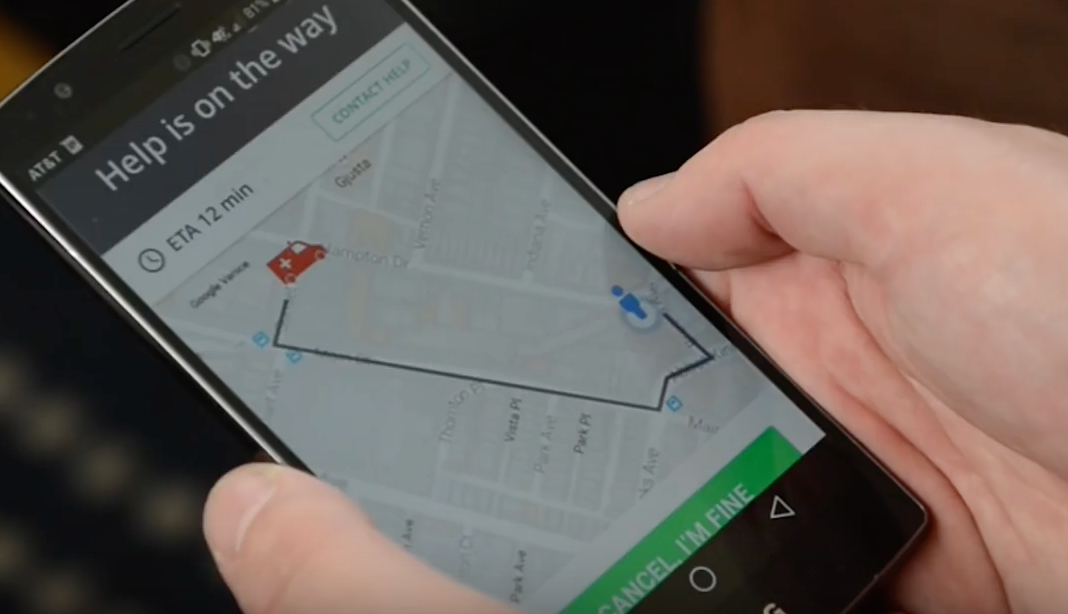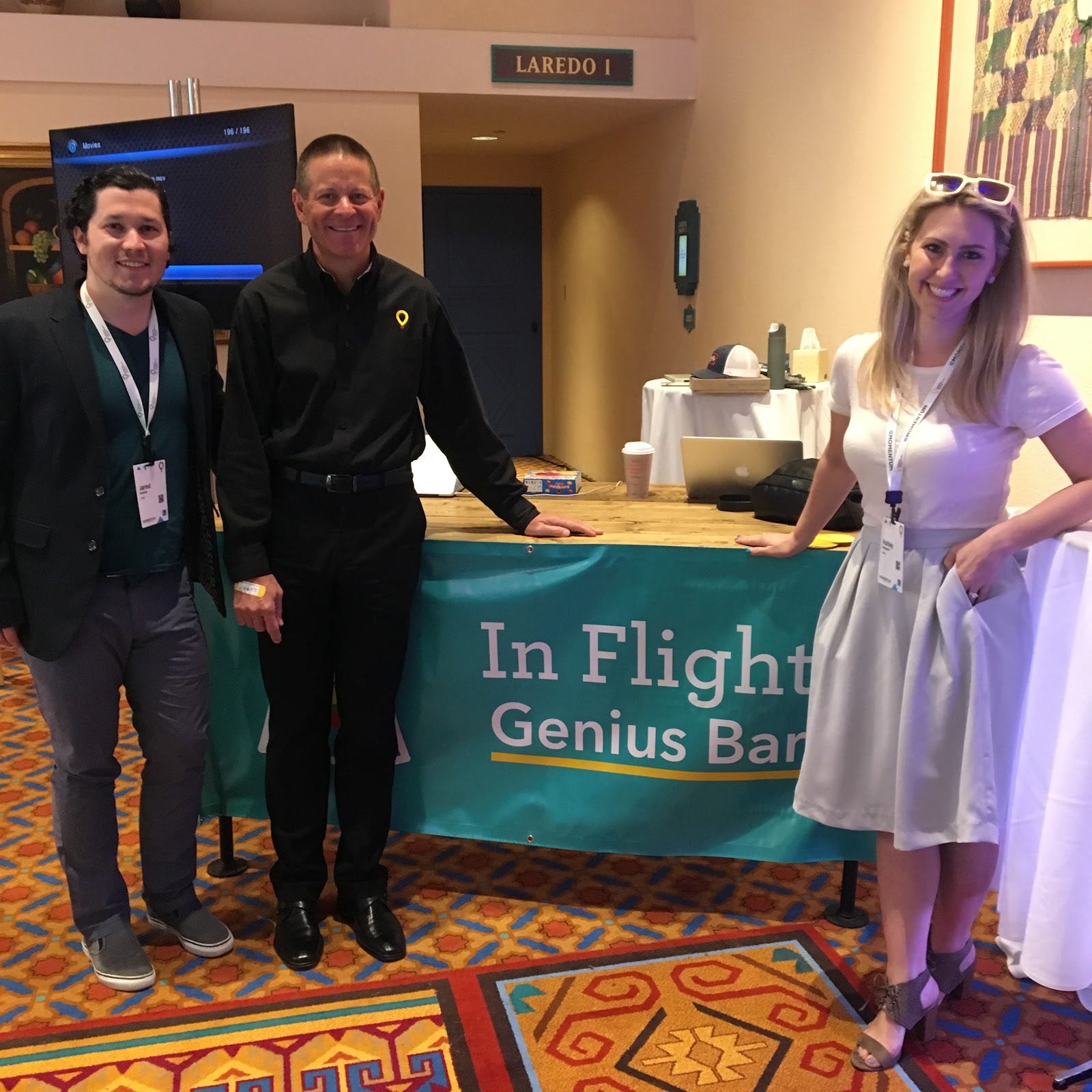“It’s time to re-think charity. It’s time to give charity the big-league freedoms we really give to business.”
This is the sentiment of Dan Pallotta, one of my heroes in nonprofit technology and innovation. Dan is the founder of the Charity Defense Council and considered the inventor of the multi-day charitable event industry. Dan has famously spoken and written on the topic, including a 2013 TED Talk that has been viewed more than 4M times. I agree with Dan that nonprofits need to invest to be sustainable and scalable.

Much has been written about tech investment at large for profit businesses, but there is limited investigation on how nonprofit organizations can learn from the for profit tech sector. One of the key areas of the future of nonprofit success is effective and strategic use of technology.
First, nonprofits should be investing in themselves and no, I’m not talking about an endless buffet of candy and soda. A smart growth platform is different than frivolous expenditures.
If we relate this to technology innovation, pricing and impact are important. As a team of technologists, we often throw around big numbers with potential partners that tend to scare nonprofit leaders. For instance, sticker shock is common if you tell someone it will cost $1M to effectively build a new platform. However, we liken this investment to successful platforms like Facebook, Uber and Snapchat that are spending hundreds of millions of dollars perfecting their platforms. No one is surprised by those expenditures because the companies are worth 10–100x the value of those investments and engage billions of users.
Pricing and impact are also important for nonprofits. We often hear current technology solutions are awful. Here is the common punch list of issues we hear from nonprofits:
- Usage of free or ineffective solutions for core organizational processes
- Solutions provided by a major donor that partially align with needs
- Retro-fitted for profit solutions (“fundraisers are just like salespeople!”)
- Slow, late, or poor implementation of new technologies (often with little or no training)
- Manual processes that take a bunch of time even though everyone knows there are automated ways to do the same thing
So why do these issues persist? Pricing is a major challenge for nonprofits. Most businesses think nonprofits are “cheap” and want everything donated. And while that is sometimes true, it hurts those willing to invest because it reduces opportunities for organizations willing to invest in cutting edge change. That is why we started PwrdBy, to partner with nonprofits to overcome the innovation chasm. We design customized solutions based on their unique needs and build scalable platforms across the industry.
We realize this is a unique approach. There aren’t many organizations like PwrdBy in the marketplace. Here’s why:
- Lack of perceived nonprofit budget for technology innovation
- Long sales cycles at low cost margins
- Poor knowledge of technology and slow adoption
However, we’ve found a great niche in this space by co-investing with our nonprofit partners. It turns out, even nonprofit organizations in the world face these issues, which is why PwrdBy has grown exponentially over the last three years.
While we’re still in the infancy of our journey, we’ve learned some things along the way. Here are 3 lessons that may surprise you:
#1 Build a business case before a solution
Probably the most straightforward but most difficult aspect of technology is building a business case. Whenever we work with an organization, we focus the majority of our of time and research up front on understanding the problem being faced, how often it happens, who is affected, how impactful is that to the organization, and whether it is a process or culture-related problem. Once we have captured the scale of the problem, we can set out to identify the way to address it.
For example, we entered and won the 2016 FDA Naloxone Challenge to create a mobile application for individuals who need access to the lifesaving naloxone drug. We met with numerous leading emergency physicians and sociologists working with the affected populations to understand what was happening. We identified, while there were actual major groups of users, one of the most common indicators of death was the fact people were alone when they use the drug. So how do you get someone who is unconscious to call for help? The solution is usage of timers and wearable devices to track overdoses, thus affecting the largest number of overdose deaths. We are actively pursuing a National Institute of Drug Abuse grant to develop a consumer-facing app called Overdose Help or OD Help.

#2 Share in the burdens and opportunities
While it is true that nonprofits have limited technology budgets, there is strength in numbers. If we start a conversation with a nonprofit that has a federated national organization (e.g., Habitat for Humanity of Greater Los Angeles), one of the immediate questions we ask is if we can build a coalition of interested chapters to collectively invest in the platform. This distributes the investment commitment across organizations and improves the number of use cases we get to explore during development.
We are currently working with several nonprofits partners, including Children’s Miracle Network Hospitals to structure technology innovations across a number of chapters. The challenge here is that the process takes longer, but the reward is worth the wait and has shown to improve outcomes for the success of the technology implementation.

#3 Create win-win partnerships
Nonprofit competition is different than for profit companies. If we were selling an innovation platform to a business, we would focus primarily on maximizing profit because we know the client is doing the same thing. However, nonprofits are maximizing impact and so we structure relationships to optimize for impact. For instance, we have structured profit-sharing models with our partners where they are rewarded if the platform scales across the industry. If our partner is willing to share in the upfront risk, we will help them better generate funds. Reward the innovators; maximize impact for everyone.
Conclusion
As Dan Palotta noted, “It’s time to re-think charity.” At PwrdBy, we’ve taken that approach to heart and are actively testing how to best accomplish that goal in the technology space.
Let’s reject the notion all nonprofit technology only partially works.
Let’s build socially impactful, highly innovative solutions to better society and the world together.
Let’s creatively collaborate across industries and build win-win partnerships to drive social impact.
Let’s hyper-innovate for good.

Recent Comments